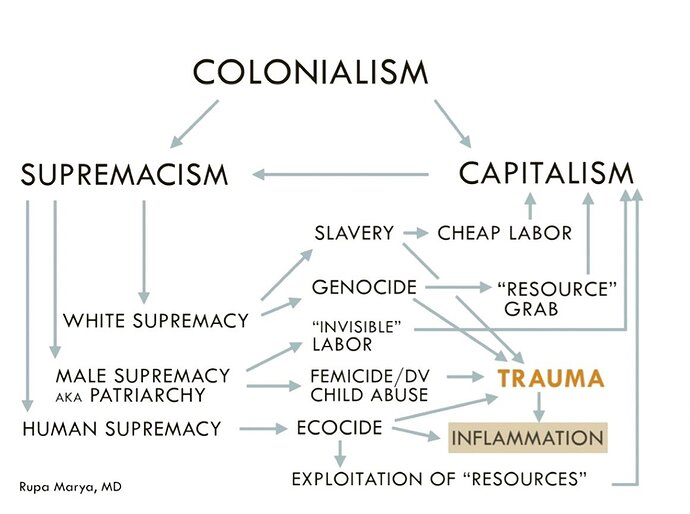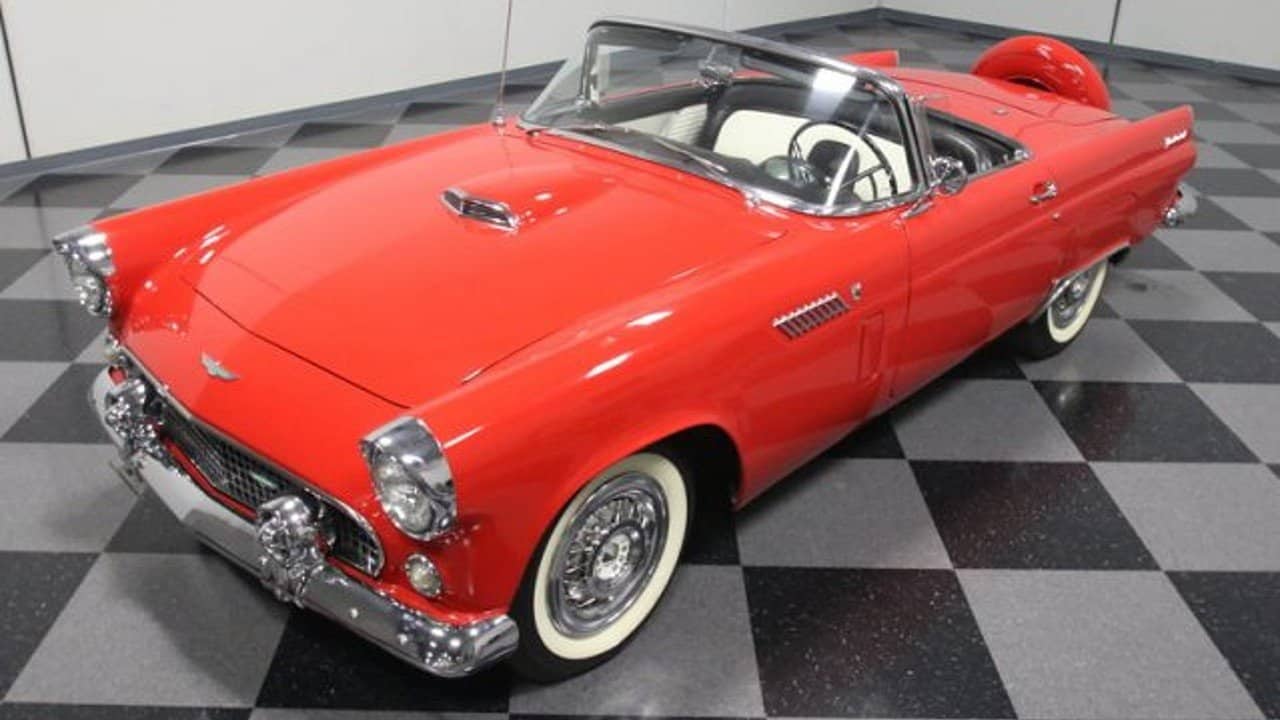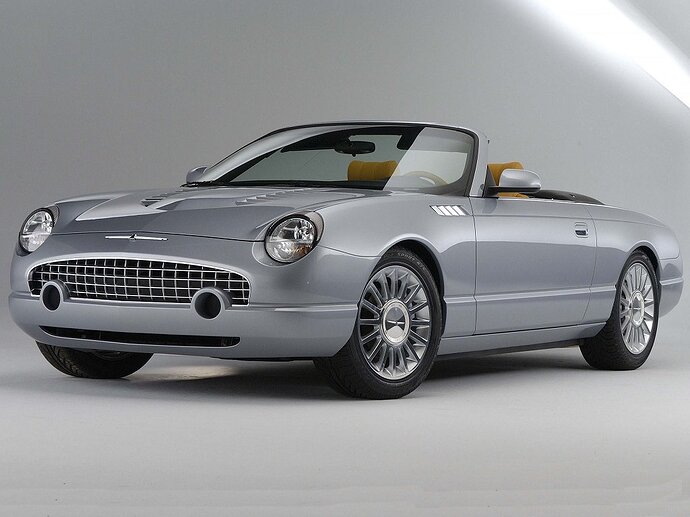Yes, it’s clear from the conditions on adverse possession that it exists to legalize existing use.
I’ve seen a couple of videos where the owner hires a friendly squatter to co-squat, driving the unwanted squatter out. Don’t know what legal effect that has.
Physical Review Physics Education Research, a journal published by the American Physical Society, published a paper on 2022-03-11 titled “Observing whiteness in introductory physics: A case study” (full text [PDF]). Here is the abstract.
Within whiteness, the organization of social life is in terms of a center and margins that are based on dominance, control, and a transcendent figure that is consistently and structurally ascribed value over and above other figures. In this paper, we synthesize literature from Critical Whiteness Studies and Critical Race Theory to articulate analytic markers for whiteness, and use the markers to identify and analyze whiteness as it shows up in an introductory physics classroom interaction. We name mechanisms that facilitate the reproduction of whiteness in this local context, including a particular representation of energy, physics values, whiteboards, gendered social norms, and the structure of schooling. In naming whiteness and offering a set of analytic markers, our aim is to provide instructors and researchers with a tool for identifying whiteness in their own contexts. Alongside our discussion, which imagines new possibilities for physics teaching and learning, we hope our work contributes to Critical Whiteness Studies’ goal of dismantling whiteness.
The authors are Amy D. Robertson (she/her/hers), assistant professor of Physics at Seattle Pacific University and W. Tali Hairston (he/him/his) of something called Equitable Development LLC in Seattle, who “has 17 years experience in higher education in diversity, equity, and inclusion administration” and a Ph.D. in education.
The paper is based upon analysis of a six minute video. From this, the authors tease out the complex interconnections, dare I say, intersections, among the following forms of oppression.
Note the feedback loops here. This is clearly an example of a complex, coupled, nonlinear system, the analysis of which self-evidently belongs in the pages of a journal of the august American Physical Society.
The paper is a treasure chest of mirth for those who find humour in gibbering, round-the-bend moonbattery. Don’t neglect the footnotes:
- In this paper, in most cases we choose not to capitalize white and do choose to capitalize Black, Hispanic, and Students or People of Color. (The exception is when referring to Critical Whiteness Studies, which is a formal term that is capitalized in the literature.) This choice is informed by critical scholarship and activism, such as that by Dumas and the PoC in PER group. For example, Dumas writes that Black is a “self-determined name of a racialized social group that shares a specific set of histories, cultural processes, and imagined and performed kinships.” White, on the other hand, is a socially constructed category that was created for the purposes of dominance and exclusion; it “does not describe a group with a sense of common experiences or kinship outside of acts of colonization or terror.”
- We use the language of race evasiveness, rather than color blindness, because color blindness, as a term, “conflates lack of eyesight with lack of knowing” and is thus “inherent[ly] ableis[t]”.
Whiteboards are racist.
Entangled with the above is the use of whiteboards as a primary pedagogical tool. Though whiteboards have been shown to have a number of affordances when they are used as a collaborative tool that all members have access to, in this episode, they also play a role in reconstituting whiteness as social organization. In particular, whiteboards display written information for public consumption; they draw attention to themselves and in this case support the centering of an abstract representation and the person standing next to it, presenting. They collaborate with white organizational culture, where ideas and experiences gain value (become more central) when written down.
Don’t miss the section on “Authors’ positionalities” on page 4, which starts with author Robertson, “a chronically ill and disabled, physics-Ph.D.-holding, thin wealthy white woman. Her analysis and writing were shaped by these identities, including her ‘insider’ status in physics: because of her socialization in the discipline, she is able to name and make sense of physics values, representations, and practices.” delivering a lengthy mea culpa for her existence, followed by Hairston, “one impacted by white identity in education both personally and professionally”, describing how he “relates to those systems that decentered his way of knowing and being.”
Those unfortunate enough to be U.S. taxpayers will rejoice in knowing “This work was funded in part by National Science Foundation Grant No. 1760761.”
This “work” motivated four actual physicists from the Los Alamos National Laboratory and the California State Polytechnic University to draft their “Comment on ‘Observing whiteness in introductory physics: A case study’ ” (full text [PDF]), posted in arXiv’s Physics Education and Physics and Society sectios on 2023-03-16, with one of the great abstracts of all time.
In the recent article of A. D. Robertson and W. T. Hairston [Phys. Rev. Phys. Educ. Res. 18, 010119 (2022)], the authors claim to name mechanisms that reproduce whiteness, and they identify whiteness in introductory physics from analysis of a six-minute video. We argue that even if one accepts their rather tenuous proposition that "whiteness’’ is sufficiently well defined to observe, their study lacks the proper controls, checks, and consistent methodology to allow for the confirmation or disconfirmation of the asserted interpretation of the data. The work does not provide a consistency check of the interpretations and lacks sufficient data to give any type of statistical reliability estimate. It also contains no evidence that analysis of a single video segment captures typical interactions in introductory physics classes. We argue that the work does not meet even the requirements for a qualitative study as the authors do not consider alternative interpretations or other hypotheses for explaining the observations, nor do they describe how to conduct studies that could confirm or contradict the results. In particular, whiteness is so poorly defined that it is not possible to show that whiteness is absent. The authors make the stunning claim that their study cannot be judged by the scientific standards used in physics and any such evaluations would be in bad faith. Their framework is completely incompatible with quantitative and qualitative scientific studies. If the work cannot be evaluated by scientific standards, then it is not a scientific study and does not belong in Physical Review. In an Appendix, we provide a timeline of this Comment and its genesis as a response to an American Physical Society (APS) News Back Page article in which APS quotes a Phys. Rev. Phys. Educ. Res. Editorial stating that a Comment is the appropriate venue for addressing issues with the paper at hand.
The paper includes an appendix, starting on page 3, which provides a detailed timeline of the authors’ attempt to publish the comment in American Physical Society journals. I particularly note:
September 12, 2022 The PRPER Editor rejects our Comment on the grounds that it is “framed from the perspective of a research paradigm that is different from the one of the research being critiqued.” The referee reports specify that our Comment is written from a scientific framework but the PRPER article, despite being funded by the National Science Foundation, is not.
January 24, 2023 The PRPER Editor rejects our appeal on the grounds that the referee and Editorial Board member uphold the fact that a scientific critique cannot be applied to a paper that is outside the scientific paradigm.
The commenters conclude:
The authors of Ref. [1] write, “It feels important to state explicitly that physics as an epistemology is not well-suited to assess arguments of the kind we have made here,” and that arguing against this work would be “engaging in bad faith argumentation.” Since physics uses the methods of science, by implication the authors are saying that their work cannot be evaluated by the standard or methods used in science, which include consistency, falsifiability, and verification. Such a statement by the authors is completely incompatible with scientific discourse or studies. In fact, we argue that such a statement is actually a “bad faith” argument in that it is not an attempt to strengthen the work but is instead merely a convenient rhetorical device to assert that since no scientific or rational critique of the work is even allowed, scientists can not evaluate this work despite the fact that it appears in a scientific journal. A nonscientific study of this type should not be published in Physical Review.
Vibrant diversity…
This has got to be a hoax a la Sokal affair - Wikipedia
To:
from:
Ripe for parody with some morose Finn explaining how happy he is.
The Camaro was never a serious car in its new clothes. It was a Mustang-wannabe. Someone at Ford got darn creative and made a “new” Mustang that had modern. amentities while retaining the classic look. Indeed, I would argue it was better looking than previous Mustangs, including the classic early ones (those of the 90’s don’t even look like a Mustang). GM, being once again caught flat-footed, came out with the “new” Camaro.
The “new” Camaro, then, attempted to resurrect that “old feeling” - mostly un successfully. Its engine selection was not great, its handling was also not great, and its styling left a huge hole in rearward view. In other words, while from some angles it looked kind of neat, it was a ginormous PITA to live with. AND it wasn’t keeping up with the Mustang in performance offerings.
Then there is history. Camaros had some racing successes in the 60’s and 70’s, their body styling being reasonably aerodynamic. The Mustangs were mostly brute force type cars. BUT then there’s Bullit. Bullit has the most famous car chase in movieland - upon which ALL subsequent car chases have been based. It is, of course, (for those of you old enough to remember) a chase between Steve McQueen in a green Mustang with Minilite wheels, and two bad guys in a black Dodge Coronet with what is probably a 427 or meant to sound like a 427 - through the streets of San Francisco. When that movie came out, it thrilled crowds the land over. AND it put Mustang on the map!
So the demise of the Camaro is not surprising, although one never likes seeing a “performance car” die. But this had been a dead horse for some time. Now GM is off chasing yet another rainbow - the electric car. My guess is that this whole “electric car” fiasco will die soon - when gas once again becomes cheap and electricity expensive - at least vis a vis cars. Goodness knows our grid won’t support properly what our current needs are, without adding millions of electric cars. Especially since you can’t just hop into a gas station and refill the tank - you have to “recharge” and that means bring a book.
The MY 2010-2015 Camaro did outdo the MY 2005-2014 Mustang by adding independent rear suspension. Mustang got caught flat footed (literally I guess) and then introduced IRS on the 2015.
Perhaps someone should ask GPT4 to write a script for a MASH remake where the local kids brought in for IED wounds are offered such treatments.
The researchers found that scores associated with “verbal reasoning (logic, vocabulary), matrix reasoning (visual problem solving, analogies), and letter and number series (computational/mathematical)” all declined from 2006 to 2018, while scores for 3D rotation or spatial reasoning increased. These changes were consistent regardless of education level, age, or gender.
⋮
“It doesn’t mean their mental ability is lower or higher; it’s just a difference in scores that are favoring older or newer samples,” she said in a press release. “It could just be that they’re getting worse at taking tests or specifically worse at taking these kinds of tests.”
Dworak also said there are numerous possibilities for the decline, ranging from poor nutrition to a rise in screens and media consumption to pollution and a decline in overall health.
Video games?
Isn’t “IQs” the plural of “IQ”?
As it happens, I just researched this ten days ago in feedback to a science fiction author on a manuscript in which he had used “Apple II’s” for the plural of that computer. Here are my comments:
Some references say it is acceptable to write the plural of a capitalised acronym or multi-digit number with or without an apostrophe, but the preference is usually now to omit the apostrophe for multi-character items. For example:
https://web.archive.org/web/20220823033939/https://www.lexico.com/grammar/apostropheThere are one or two cases in which it is acceptable to use an apostrophe to form a plural, purely for the sake of clarity:
- You can use an apostrophe to show the plurals of single letters:
I’ve dotted the i’s and crossed the t’s.
Find all the p’s in appear.
- You can use an apostrophe to show the plurals of single numbers:
Find all the number 7’s.
These are the only cases in which it is generally considered acceptable to use an apostrophe to form plurals: remember that an apostrophe should never be used to form the plural of ordinary nouns, names, abbreviations, or numerical dates.
That is an interesting observation. Many of the earlier Mustangs went straight from the showroom. floor to a “tuner” who replaced all manner of things, including suspension, engines, etc. What one ended up with was a serious hot rod Mustang, but hardly a stock one.
Steve Saleen made so many of those that he glutted the market for the 2015-16 GT’s base 18 inch 10-spoke wheels with Pirelli all-seasons. He’d sell you a set for $699.




